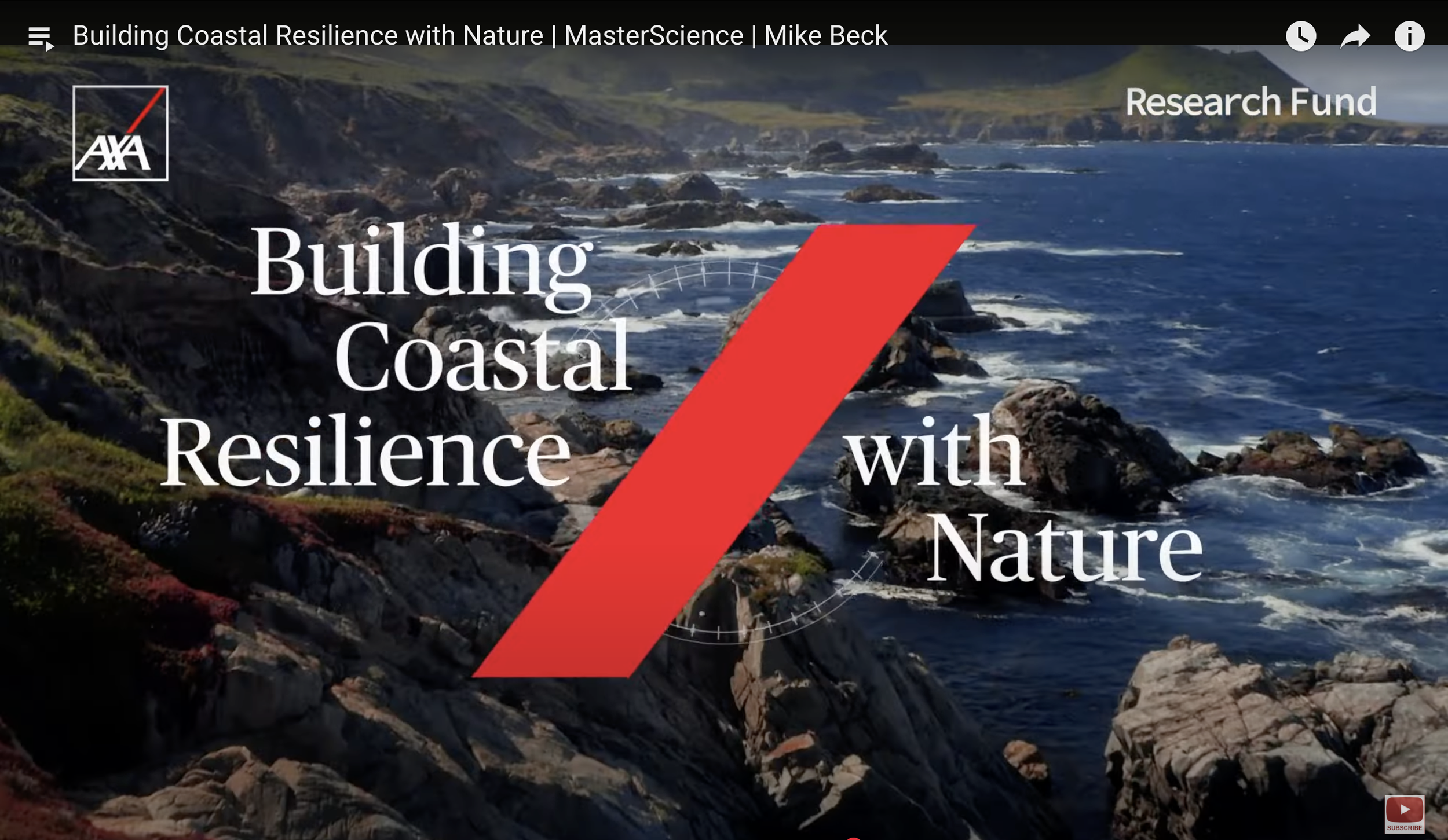How Accessible YouTube Content Expands Your Audience
Without making your content accessible on YouTube you’re failing to make your content visible and engage a huge portion of your potential audience.
As we approach Global Accessibility Awareness Day on 15 May 2025, it's a great opportunity to reflect on how inclusive your brand’s content on YouTube really is.
In this article we will guide you through the importance of digital accessibility and how you can use YouTube’s accessibility features to create content that everyone can enjoy.
Why accessibility matters on YouTube
A significant part of the global population has a disability: According to the World Health Organisation, 1 in 6 people live with hearing loss, and over 2 billion people have some form of vision impairment. But accessibility doesn’t stop there, plenty of viewers rely on inclusive features like closed captions or auto dubbing for other reasons, like watching a YouTube video in a loud space, on mute, or in a second language.
The reality is, accessible content benefits everyone - Captions help people follow along when they can’t play sound. Clear voiceovers can help those with vision impairments by providing audio descriptions of visual content. Good design and thoughtful pacing help users stay engaged, whether or not they have a diagnosed disability.
And, all of this doesn’t just help make your videos inclusive, but also helps with the performance. 80% of people are more likely to watch a video to the end when it includes subtitles. YouTube has even confirmed that caption files can improve your video’s search ability. So making content accessible helps your videos become visible to more people, and it’s also a smart move for your engagement metrics.
How do you actually make your content more accessible?
Improving video accessibility doesn’t have to be complex or expensive. YouTube has plenty of in-platform features that can help make your brand’s content more accessible.
Here’s six ways to make your videos more accessible on YouTube:
1. Make the most of closed captions
Captions are one of the most impactful and visible accessibility features you can use. YouTube’s auto-captioning tool is a great starting point, but typically only provides 60-70% accuracy, which means that 1 in 3 words can be wrong. Reviewing and editing captions ensures they reflect your tone, capture important nuance, and avoid errors.
We love the accuracy ensured for the bespoke captions in ITV’s The Assembly, in which a group of autistic, neurodivergent and/or learning disabled interviewers ask the questions to celebrities. Captions like these don’t just transcribe speech, they capture tone and emotion through accurate timing and splitting, as well as correct spelling of names, making the content meaningfully and accessible to hard-of-hearing audiences.
2. Use multi-language metadata
There are localised versions of YouTube in over 100 countries around the world, across 80 languages. If you’re publishing content to a global audience or have channels for different regions, you don’t need to create separate videos for each language. YouTube allows you to upload translated versions of your video titles, descriptions, and subtitles. This improves accessibility and SEO by helping your content appear in targeted local language search results. It also provides a more user-friendly experience for international viewers without extra production.
We used multi-language metadata with our client AXA Research to increase visibility among an English and Spanish audience with their Master Science series on coastal resilience with Mike Beck.
3. Try auto-dubbing
YouTube’s auto-dubbing feature rolled out at the end of last year and makes it possible to easily dub videos between English and languages like Spanish, Hindi, French, German, Japanese, and more. This means that your content can connect with non-English-speaking audiences without the cost of re-recording or subtitling manually. With more than 60% of watch time on English videos comes from non-English speakers, auto-dubbing is an easy way to broaden your audience by making your content more accessible with minimal extra effort.
4. Design for accessibility from the start
Accessibility works best when it’s considered from the beginning. That means taking into account everything from visual design to audio quality during the planning stage.
Use clear, high-contrast visuals that are easy to read.
Avoid overcrowding the screen with text.
Use narration that’s well-paced and easy to understand.
Include helpful audio cues and meaningful on-screen indicators.
These small creative choices can have a huge impact on usability and audience retention.
5. Optimise your metadata
Metadata - for example your video’s title, description, and chapters - are just as important for accessibility as they are for SEO and, the YouTube Algorithm
Clear, well-structured metadata helps viewers understand your content. Chapters let them skip to the parts that matter most. And descriptive titles and thumbnails help users with screen readers or cognitive impairments navigate more easily.
6. Signpost your accessible content
If you've made the effort to make your content accessible, don’t forget to signpost the features you’ve added. This lets viewers know about things like captions, and multi-language options, in advance - think about doing this through thumbnails, titles, descriptions, or on-screen text - it makes it easier for everyone to find and engage with your content. It’s a simple way to show you’ve thought about inclusion from the start.
Conclusion
Accessible content is more important than ever. By prioritising accessibility, brands can increase visibility amongst a wider audience, including deaf, hard-of-hearing, neurodivergent, and visually impaired people. This means more engagement, more views, and a stronger impact.
But it’s not just about numbers, it’s about doing the right thing. When you make content accessible, you show that you respect and value your audience’s diverse needs. This builds trust and loyalty, making people more likely to support and connect with your brand.
This Global Accessibility Awareness Day is a great time to start, but it shouldn’t end here. Make a commitment to accessibility that lasts beyond today.
If you're ready to make your content more accessible, get in touch to see how we can help.






